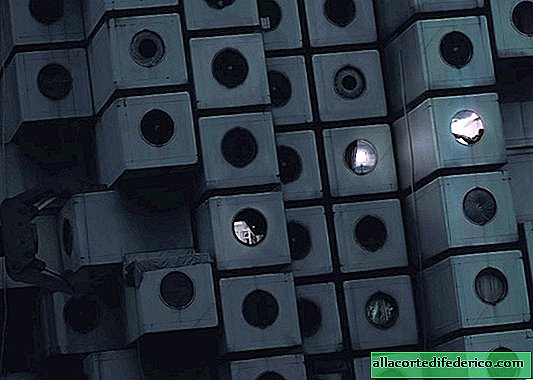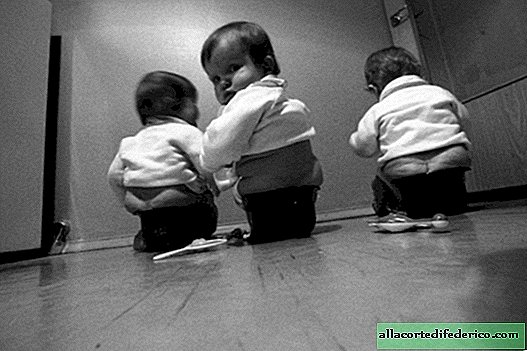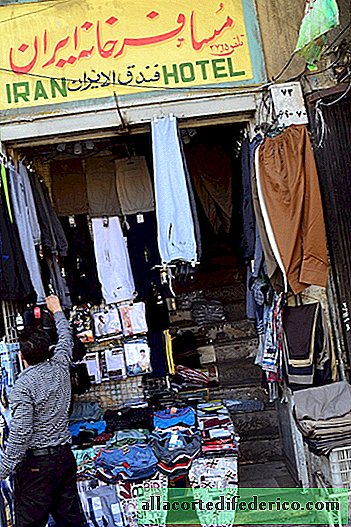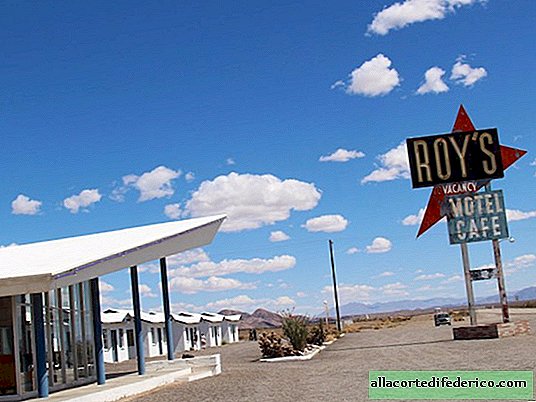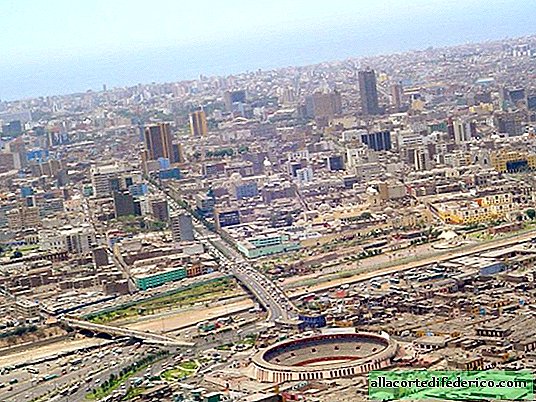How fast Vesuvius sleeps
Vesuvius is perhaps the most famous volcano in the world. He is well acquainted with many of the lessons of the history of the Ancient World. Then, back in 79, the suddenly awakened Vesuvius destroyed the lava and ash streams of the city, conveniently located at its foot. Pompeii and Herculaneum disappeared in just one night.
Vesuvius is an active volcano, which is located in the province of Naples, on the shores of the Tyrrhenian Sea, and its height is 1280 m. Gardens, vineyards and houses of local residents are comfortably located at its foot. It seems that the careless Italians, who live just 5 km from the crater of the volcano, are sure that they are not in danger. But actually it is not.

From the moment of its most famous eruption, Vesuvius has repeatedly rained its anger on the heads of Italians. The last major eruption occurred in the middle of the 20th century. Since then, the volcano has not shown any external signs of its activity. Around it was created a national park, which annually receives more than 3 million tourists. But scientists are not asleep. At its foot are volcanological stations that constantly monitor the situation and collect information about the sleeping giant. In the scientific community, there is an assumption that the long rest period of Vesuvius is nothing but a harbinger of an impending catastrophe. And to prepare for the possible consequences for such a densely populated area should be today.
Geologically, Vesuvius belongs to the zone of seismic activity at the junction of the African and Eurasian plates. This also includes other Italian volcanoes - Etna and Stromboli. According to the latest data, the uppermost magma chamber of the volcano is currently located at a depth of only 3 kilometers. And during the terrible eruption of the 79th year, he was at a depth of 7-8 kilometers. That is, over the past two thousand years, magma has been rising to the surface, which is much more dangerous than deep occurrence. There are also a number of other reliable data indicating an increase in seismic activity in this region. Therefore, it is too early to say that Vesuvius is no longer a danger.
According to seismologists, the potential of this volcano is such that its eruption can completely destroy the surrounding villages, where more than 700,000 people live, and even cover the center of Naples, located 15 kilometers from the crater. But scientists, unfortunately, cannot make an accurate forecast for years to come even with the help of modern computer technologies. It is possible to predict only short-term changes. This once again confirms that man is not at all the king of nature. And while millions of tourists visit Vesuvius annually to take a selfie against the background of its crater, seismologists constantly monitor the dangerous giant in order to warn people about a possible disaster.


